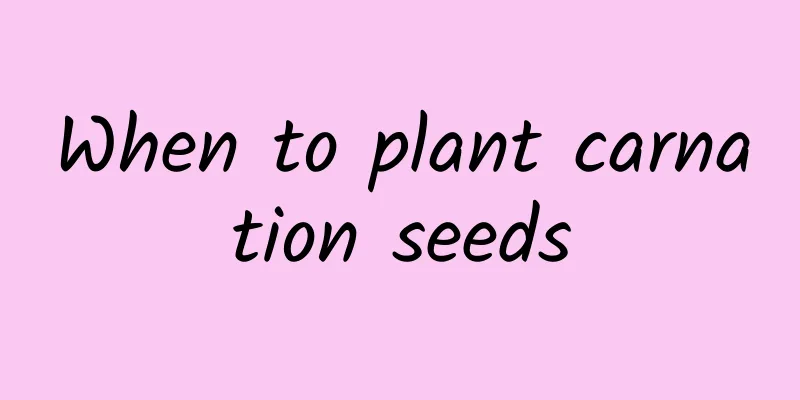Four rules for fertilizing succulent plants

Article 1: What fertilizer to applyIn fact, when fertilizing succulents, there are only a few types of fertilizers: Special granular fertilizer. Generally, when growing succulents, you can apply some special granular fertilizer so that the fertilizer can be absorbed and will not burn the roots. Nitrogen fertilizer. Nitrogen fertilizer promotes plant growth. If you use less, the plants will grow slowly, but if you use too much, the plants will easily grow too tall. When growing succulents, use nitrogen fertilizer as appropriate. Phosphate fertilizer. For succulents, phosphorus fertilizer can promote their growth and make them grow more new roots. It is a good idea to add some bone meal when fertilizing. Potash fertilizer. Potassium fertilizer can improve the disease resistance of plants and prevent them from becoming diseased. Generally, Akadama and volcanic rocks are rich in potassium. Article 2: When to fertilizeFertilizing succulents is generally done during the growing and flowering periods. Apply fertilizer frequently and lightly during the growing season, and choose fertilizer according to the needs of succulents. During the flowering period of succulents, fertilizer should generally be applied when the flower arrow begins to grow, once every half a month. If you want to control flowering, you can apply less fertilizer or no fertilizer. Article 3: Where to apply fertilizerWhen fertilizing succulents, it doesn't matter where you apply it. Base fertilizer is usually mixed into the soil when potting. When applying topdressing, granular fertilizer and organic fertilizer can be placed directly on the surface of the soil or buried in the soil. Liquid fertilizer is usually sprayed on the leaves or poured into the roots. Article 4: How to fertilize succulent plantsFertilizing succulents requires thin application and frequent application of fertilizer, not too much, and the amount of watering is quite strict. Keep the soil dry before fertilizing. The type of fertilizer to be applied is based on the different needs at different stages of growth. |
>>: Things to note when repotting gardenia
Recommend
Polygonatum sibiricum planting conditions and climate requirements in the planting area
Introduction to Polygonatum Polygonatum sibiricum...
Can geraniums be grown indoors?
1. Can be raised indoors: Xiaotian is originally ...
How to propagate ginkgo by grafting
Ginkgo grafting time In principle, grafting can b...
The reason why Kalanchoe is lush but does not bloom
1. Excessive application of nitrogen fertilizer 1...
What is the best month to plant winter melon?
When to plant winter melon Winter squash can gene...
Paphiopedilum cultivation methods and precautions
1. Matrix Most Paphiopedilums are terrestrial or ...
How to Plant Spinach Seeds
1. How to plant Select healthy and plump seeds an...
How to grow bougainvillea well
1. Suitable substrate Be careful when choosing th...
What are the cultivation methods and precautions of Daphne odora?
Growth habits of Daphne koreana Osmanthus fragran...
How to propagate the lucky tree by cuttings How to propagate the lucky tree by cuttings to make it take root quickly and have a high survival rate
Cutting time The cutting time of the lucky tree i...
Can jasmine be pruned? When can it be pruned?
Jasmine can be pruned . The best time to prune it...
How do the seeds of the red spider lily come from?
How do the seeds of the red spider lily come from...
White orchid cutting propagation methods and precautions
How to reproduce white orchid The white orchid wi...
When to water succulents
1. When to water When watering succulents, wait u...
How to grow a lucky tree so that it blooms
Lucky tree blossoms The flowering time of the luc...









